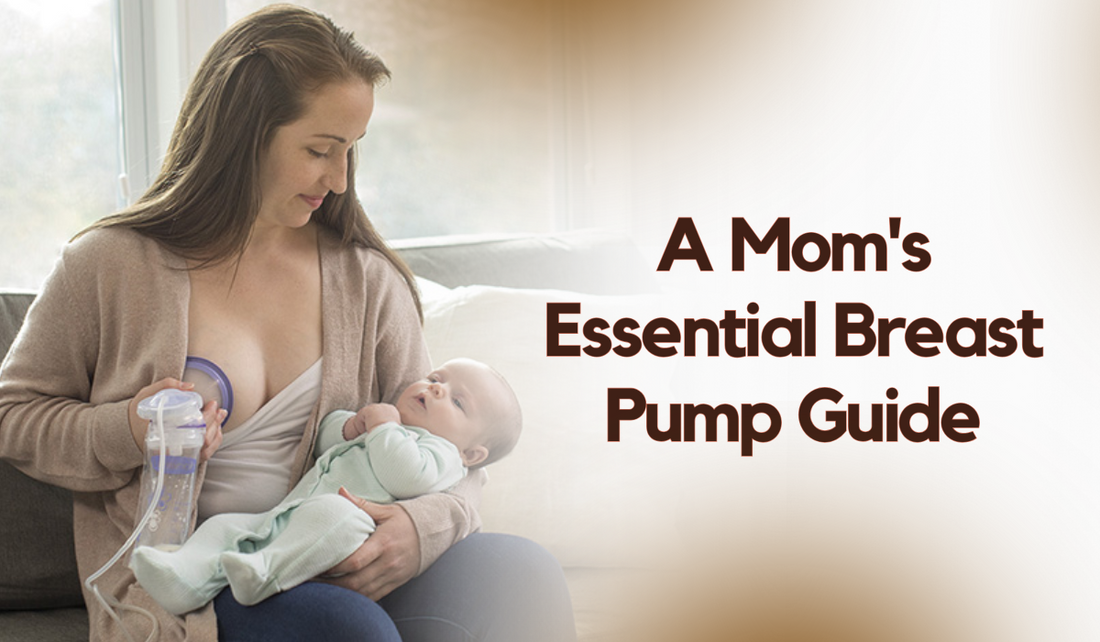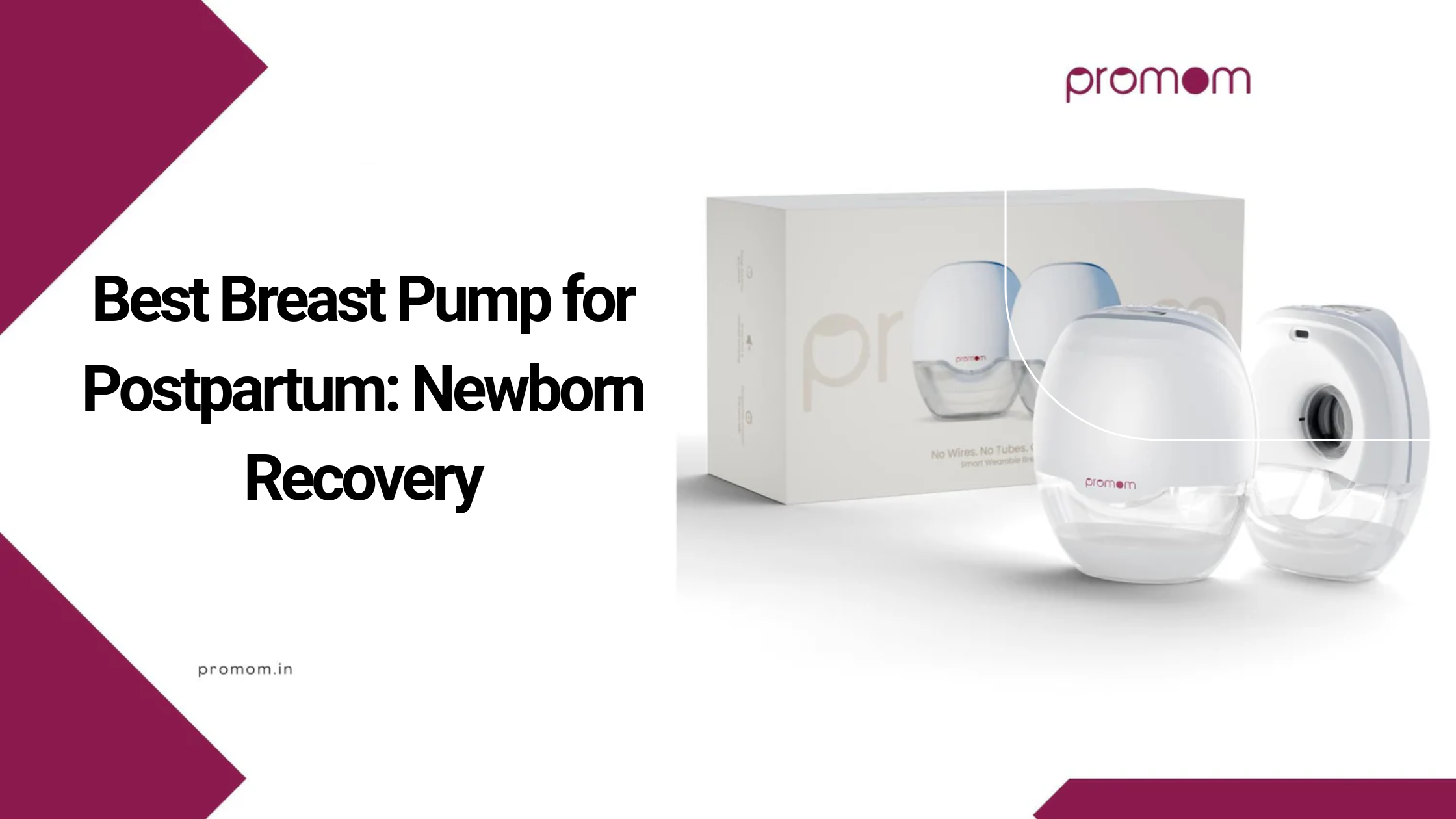
A Mom's Essential Breast Pump Guide
The role of being a mother entails many beautiful and trying moments, especially for women who breastfeed. Of all the tools that are available that many moms find extremely helpful, the breastfeeding pump is undoubtedly high on that list. No matter if you are planning to get back to work, accumulating a milk supply, or just if you want some options, having a proper breast pump is crucial. Promom is here to help you learn all the essential information about selecting and utilizing a pump to make life a little less complicated and help your baby get the best start in life.
Understanding the Different Types of Breast Pumps
There are numerous types of pumps, and each includes special elements to fulfill a particular purpose. Here are the most common types:
- Manual Breast Pumps: These pumps are small in size, less in weight, and operate mechanically by hand. They are perfect for moms who pump occasionally or moms who want affordable breast pumps. Manual pumps are slightly harder than their electric counterparts but can be excellent when traveling with their baby.
- Electric Breast Pumps: Electric pumps are machines that also operate effectively and are suitable for normal pumping. They are available as single and double pumps, and while the double-electric pump can help moms express both breasts at the same time, it is thought that expressing both breasts would increase supply.
- Wearable/Hands-Free Pumps: These newer pumps afford the ultimate in freedom: the pump flange fits directly into a bra. Moms can pump in a coffee shop and her hands are free. They operate by batteries and are very suitable for working Moms who need to do some other work while pumping.
- Hospital-Grade Breast Pump: For moms with special needs for instance low supply or medical conditions hospital-grade pumps provide the strongest suction and productivity. They are normally hired rather than purchased because they are usually expensive to acquire.
The type to be chosen varies with the requirement, living standards, and the amount of money that one is willing to spend. Frequent pumpers should be willing to pay for a double-electric or hands-free pump, while less frequent pumpers might use a manual one.
When and How Often Should You Pump?
Understanding the timing and frequency of pumping can make the experience more effective and enjoyable:
- In the Early Days: Immediately after birth, the best thing to do is to put your baby straight to the breast. This is to ensure the production of breast milk and also to help in nurturing the bond that is fostered between a mother and her baby. Nevertheless, if you encounter problems or if you need to complement, begin pumping to build your supply. It is possible to use the pump in between nursing sessions for roughly 10-15 minutes to promote milk production - ask your lactation specialist for the best advice.
- After Establishing Supply: After about 4-6 weeks postpartum you can follow a more suitable pumping schedule depending on your work and sleep patterns. If the mother is getting back to work after having a baby, then pumping every three to four hours maintains supply while mimicking the baby’s feeding schedule.
- Building a Milk Stash: If you are planning on a freezer stash, the best time to express is in the morning after the first feed as you have the most milk. Always keep this in mind, consistency pays when it comes to creating and sustaining such a supply.
Pumping with Other Activities
Finding a balance between using a breast pump, work, and personal time can be challenging, but a few strategies can help:
- Create a Schedule: Set a schedule to help you practice, and try and make sure that it falls into your work or daily schedule. This way, for instance, you could set a reminder on your phone, or use some pumping app to keep track of the sessions and the amounts of milk being expressed.
- Enlist Support: If you have any questions or concerns and need help please do not hesitate to speak to a member of your family/friend or a lactation consultant. People should also join a breastfeeding or pumping group because words from other mothers can be very encouraging.
- Be Kind to Yourself: Pumping can be tough for many, especially for new mothers and that is why the study sought to compare the amount of pumping effort. But please know that every pound is important, and the very best is all that anyone can do.
Conclusion
A breast pump is a fantastic tool for many moms, who can express their milk with ease, have support, and feed the baby even if they are not with them. Once you have the right equipment and take the time to give these suggestions a try, you’ll be headed down the right path for a positive pumping experience! To get yours today, visit Promom!


